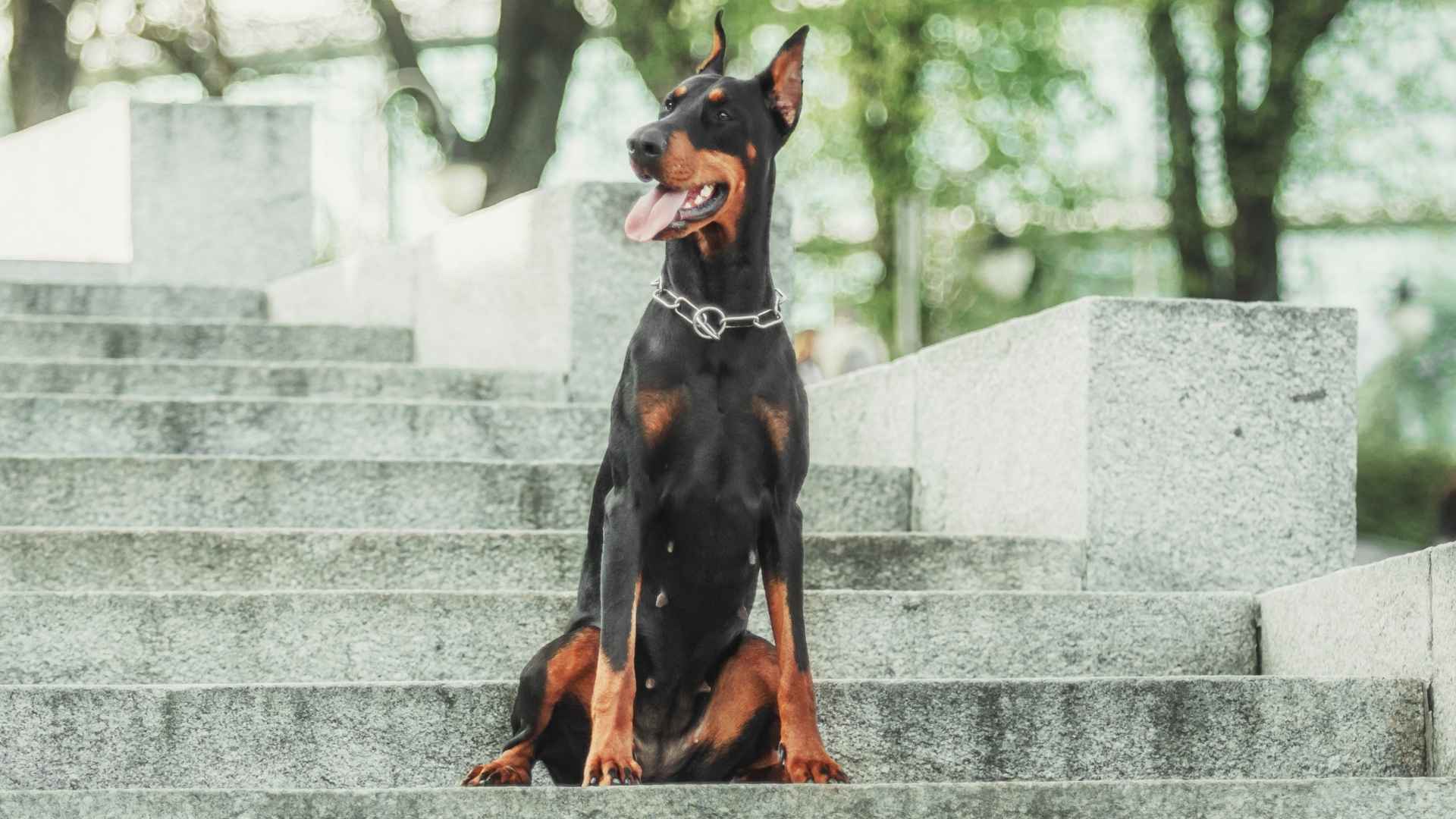“A dog is the only thing on earth that loves you more than he loves himself.” That famous quote by Josh Billings captures devotion, but some dogs bring more than just love. They bring alertness. Awareness. Quiet focus.
In many homes, the most valuable trait a dog offers is the ability to stay aware. Whether it’s sensing a mood shift or hearing something no one else hears, alert dogs are tuned in to their environment—and you.
They’re quick to observe and often the first to notice changes, both big and small. Their ability to pick up on sound, motion, and body language comes naturally and consistently. That sense of presence makes them valuable companions, especially in busy or unpredictable settings.
If you’ve ever admired a dog who seems to know before anyone else does, you’re looking at natural alertness. Below, you’ll find dog breeds known for their sharp attention, quick senses, and steady awareness.
Dog Breeds That Are Alert
1. Doberman Pinscher
The Doberman is known for its lean frame and tightly muscled build, but it’s their mental sharpness that puts them at the top of alert breeds. They can pick up changes in body language, footsteps, or tone faster than most working dogs. Their ears, even when cropped, twitch slightly when they detect movement or sound from afar.
Constant Environmental Scanning
Their head movements are measured, and they can hold eye contact longer than average to assess situations. When a stranger enters the space, the Doberman often shifts posture and adjusts stance in seconds.
Tactical Listening and Reaction
Their hearing sensitivity is extremely high, and many respond to the softest indoor noises or street-level commotion with immediate attention. Military and protection units often choose them for their calculated silence before reacting. That pause in behavior is usually when they’re tracking a subtle cue.
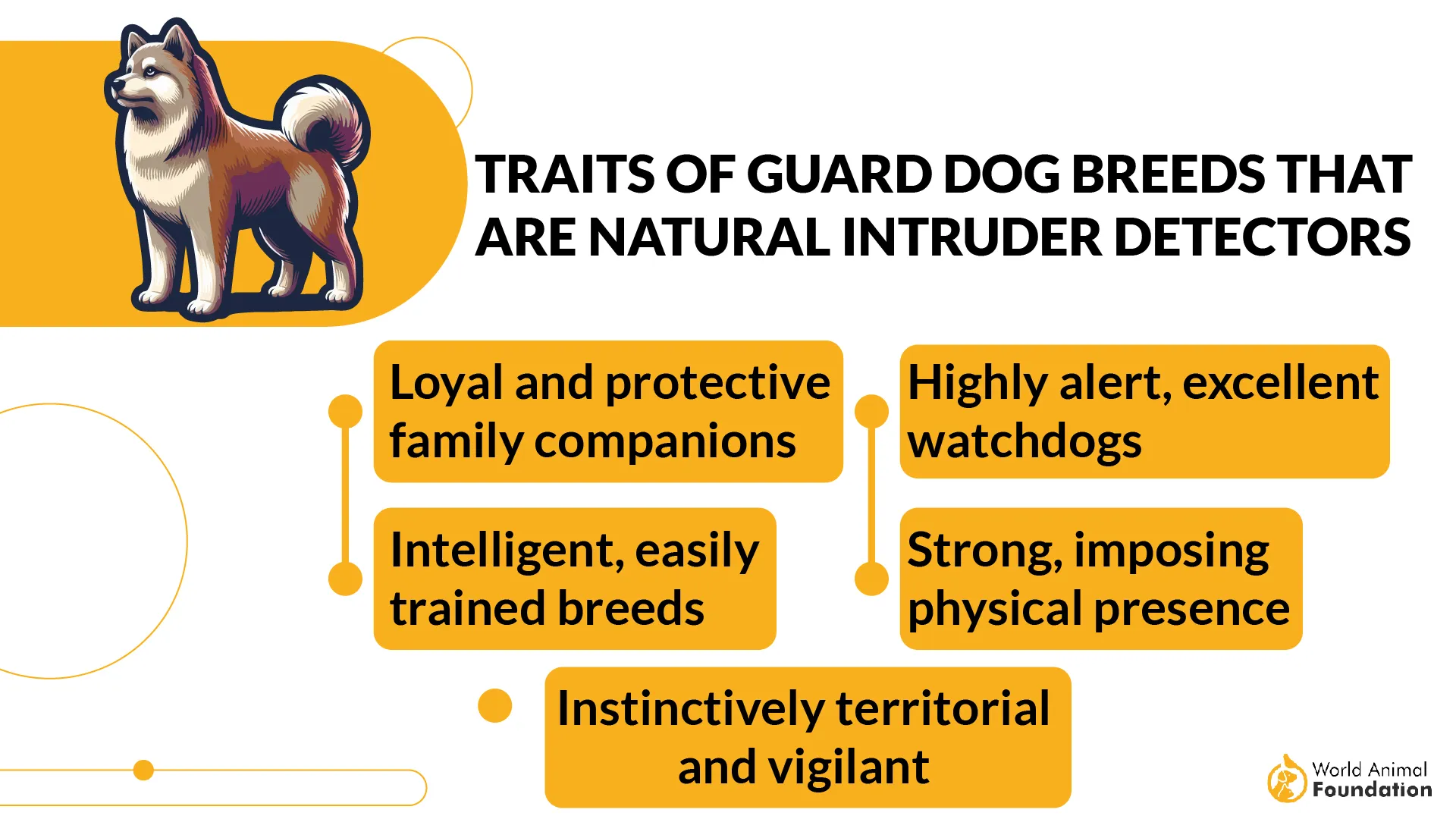
Loyalty Combined with Awareness
They consistently rank in the top five most intelligent breeds in working trials and obedience tests. Many dog owners consider them reliable guard dogs due to their fast learning and emotional stability.
While not everyone calls them a great family dog, they are deeply loyal to their household and unusually perceptive to emotional shifts.
2. Bullmastiff
Did You Know: The Bullmastiff was originally developed in the 19th century by English gamekeepers to track and hold poachers, without mauling them as per the American Bullmastiff Association.
The Bullmastiff is known for silently observing its environment, often reacting before anyone else notices a change. They can stand still for long periods, eyes fixed, without barking unnecessarily. Their alertness leans on physical presence and timing, not frantic behavior.
High Instinct Response
They’re sensitive to environmental tension, especially near fences, doorways, or gates. Bullmastiffs are known to move into position to block or intercept before any command is given. Even without formal training, their natural guarding tendencies show up early in life.
Quiet Strength During Intrusion
Historically used to stop poachers without causing injury, they’ve been bred to detect intrusions and pin without biting. Their heavy, grounded build allows them to move quickly over short distances and cut off escape. Their silence during this process is what often catches intruders off guard.
Calm But Protective Around Others
Though large, they tend to stay still unless action is necessary, often resting with one eye open. While some may assume tension around other animals, well-socialized Bullmastiffs tend to observe more than react. Their protective instinct makes them a good guard dog, especially in low-noise households.
3. German Shepherd
Did You Know: A German Shepherd named Buddy was the first official seeing-eye dog in America, trained in 1928 for Morris Frank.
German Shepherds are well-suited for both movement and stillness, maintaining their focus on objects, doors, or people longer than average breeds. That alertness extends to scent tracking, where they often signal changes with quiet but specific body language.
Naturally Conditioned to React
Their gait and posture shift immediately when something unfamiliar enters their space. You’ll often see them standing tall with a tight gaze before any sound is made. Trainers often note that the breed builds upon responses from previous cues, making it one of the most responsive working breeds.
Active Mind and Measured Action
They don’t just respond to commands—they anticipate them. Many shepherds recognize verbal cues, hand signals, and even environmental triggers during early training. Because of this mental precision, they’re widely chosen as police dogs across the globe for patrol, search, and detection, as per Britannica.
Strong Working Drive at Home and Beyond
In civilian life, their watchful presence extends to personal protection and structured home routines. Families with experience often find them helpful with routine-based tasks and territory awareness. Within the canine world, they remain one of the best dog breeds known for intelligent guardianship.
4. Akita
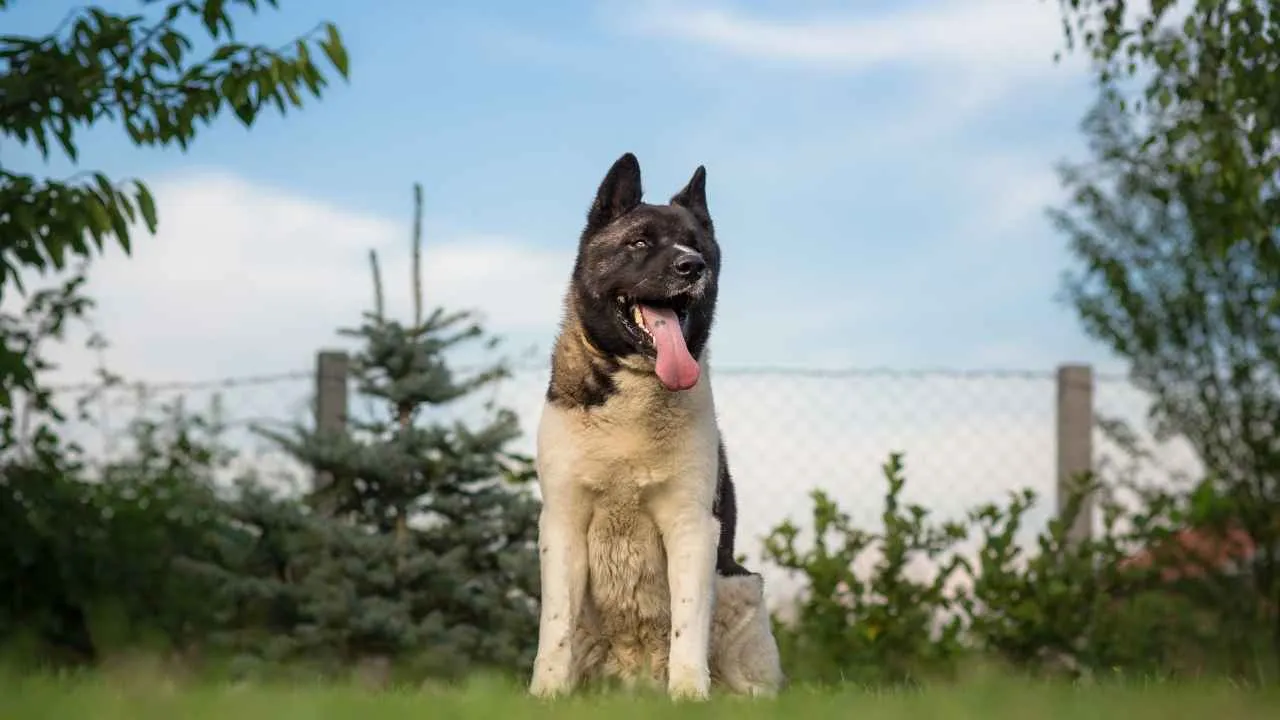
Akitas are known for standing completely still when observing unfamiliar activity in their surroundings. This intense stillness shows their high level of attention and control. Even in calm settings, they often stay alert without drawing unnecessary attention to themselves.
Calculated Response to Movement
They rely heavily on their instincts when sensing shifts in their environment. Sudden movements or unknown scents quickly capture their focus, but their reaction stays calm and measured. This makes them reliable in reading unfamiliar situations without appearing restless.
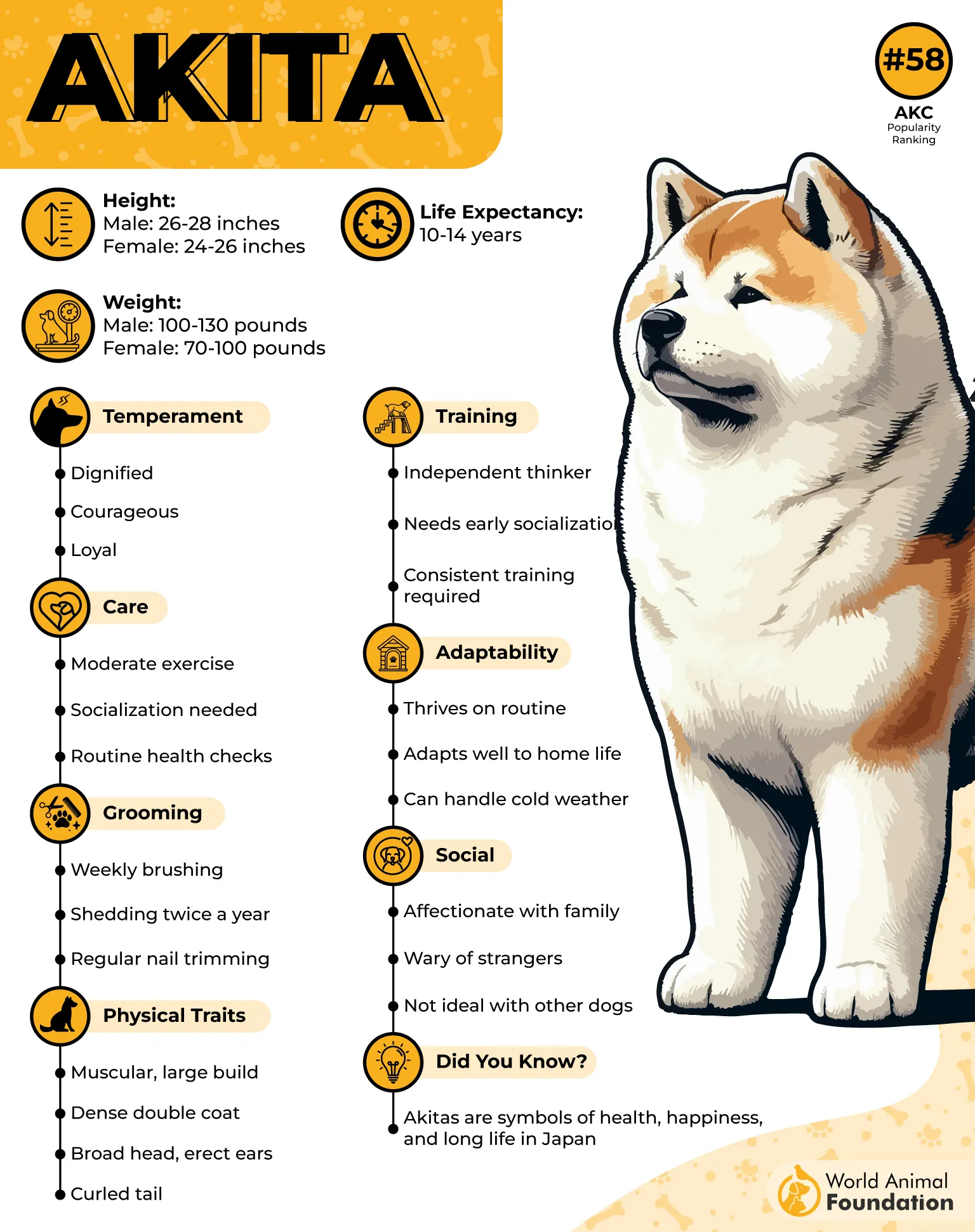
Handling Strangers with Discretion
They are naturally reserved around unfamiliar people and tend to observe more than they engage. Many take a position near family members when guests arrive, monitoring behavior with sharp awareness. When properly trained, they can manage this instinct with impressive discipline.
Independent Yet Responsive
They were originally bred in Japan for guarding royalty and tracking game through mountainous terrain. Even in the company of other dogs, Akitas remain poised and observant, responding only when they sense something meaningful. This quality gives them a sense of quiet control that stands out.
5. Rottweiler
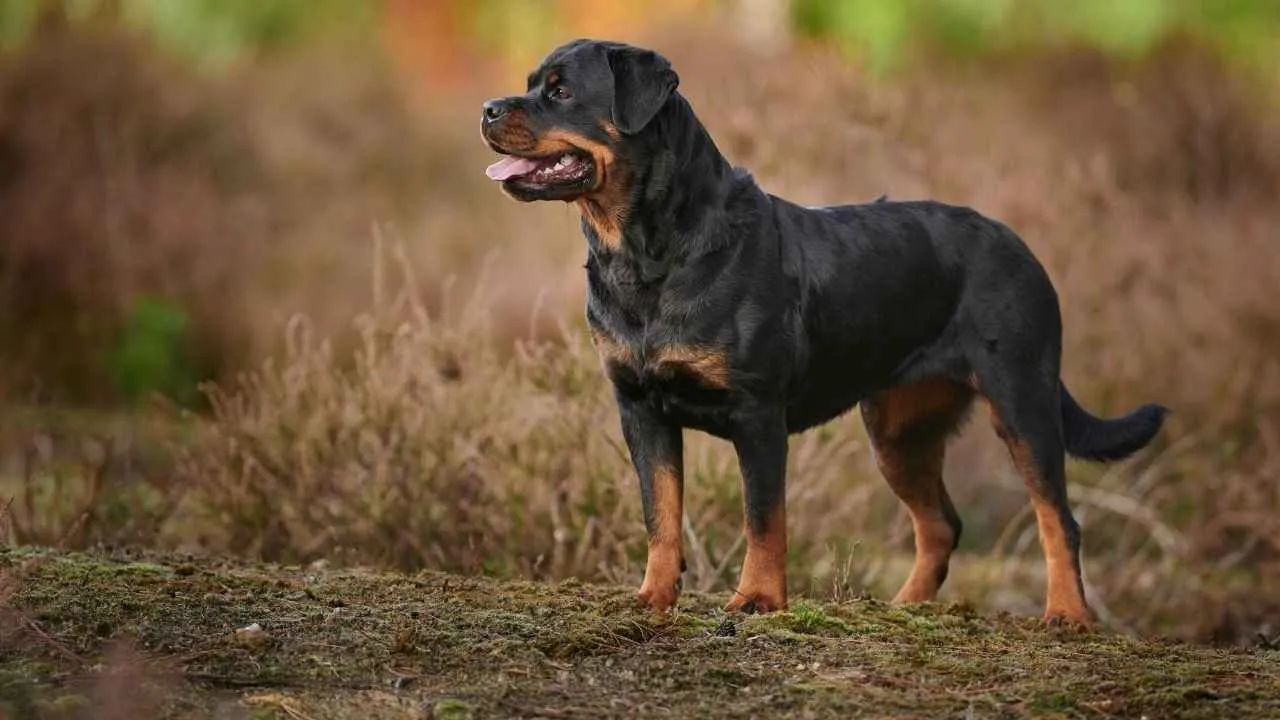
Rottweilers are highly aware of their surroundings and have strong territory-reading behavior built into their routine. Even in a relaxed setting, they tend to sit facing entry points or open areas. Their heavy brow and focused eyes give the impression of constant assessment.
Controlled Reaction Time
When they sense motion or unfamiliar noise, their response is controlled and rarely impulsive. Instead of barking immediately, they often use body positioning to create a barrier. This delayed reaction style allows them to assess whether a situation is real before acting.
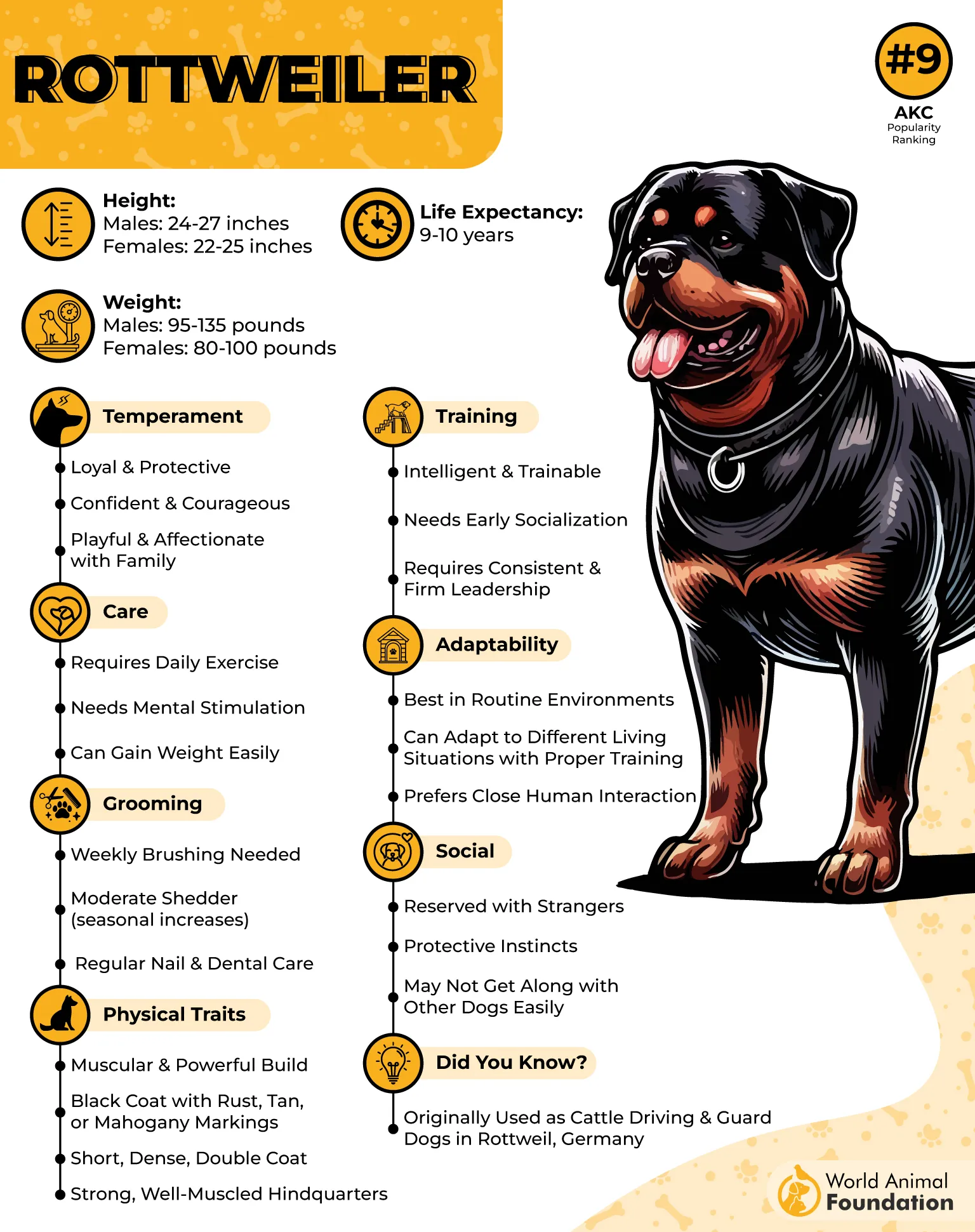
Quiet Watchfulness Indoors
Inside the home, Rottweilers often place themselves where they can monitor both family members and doors. Their ears move subtly when voices or sounds change in tone. Many owners notice that they wake up easily to footsteps or changes in household rhythm.
Protective but Emotionally Tied
They are emotionally intuitive and form strong bonds with their core family group. Although they’re often seen as solitary workers, they can coexist peacefully with other pets when raised together. Families that keep multiple pets often find Rottweilers to be naturally observant without being reactive.
6. Anatolian Shepherd
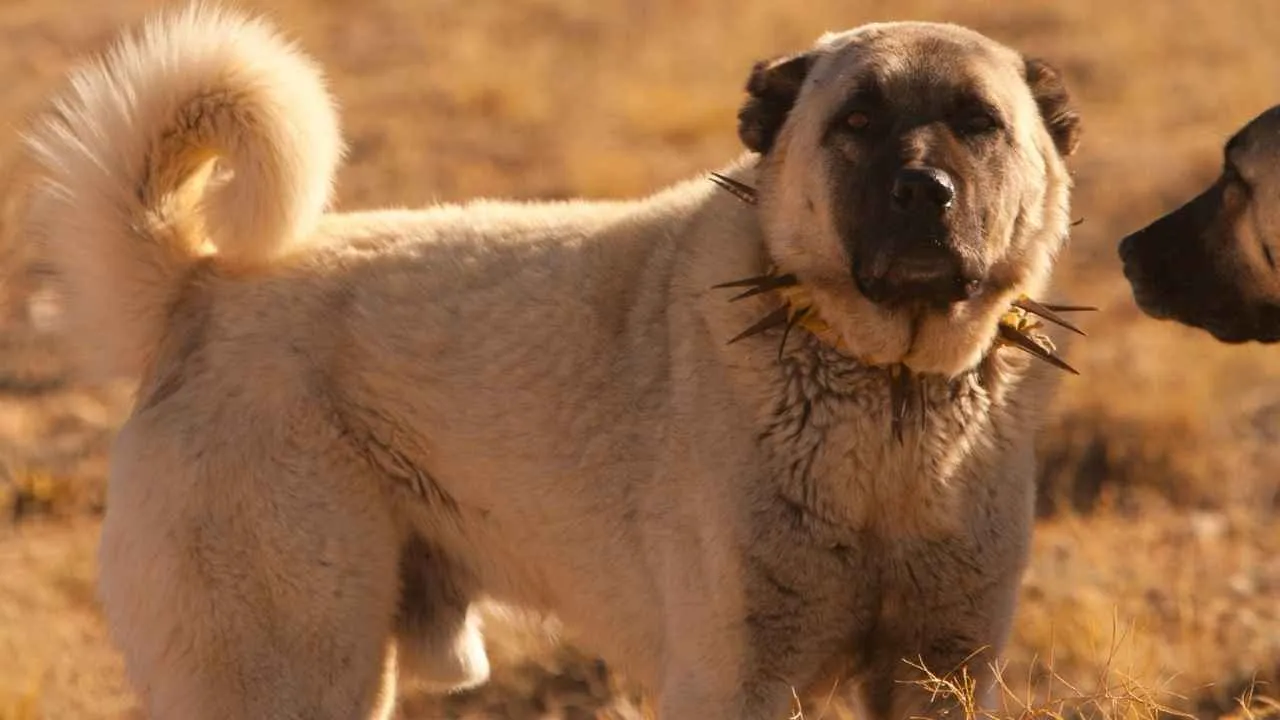
The Anatolian Shepherd was developed for guarding flocks across harsh terrains, where decisions had to be made without commands. This independence created a breed that constantly scans its surroundings with a steady, deliberate gaze. They can detect movement on open land from several hundred yards away.
Protective by Nature, Not Just Training
Unlike reaction-based breeds, they preemptively block perceived threats through body positioning and slow pursuit. They adjust their posture before barking, choosing physical presence as their first deterrent. Their confidence doesn’t come from training alone — it’s instinct reinforced over generations.
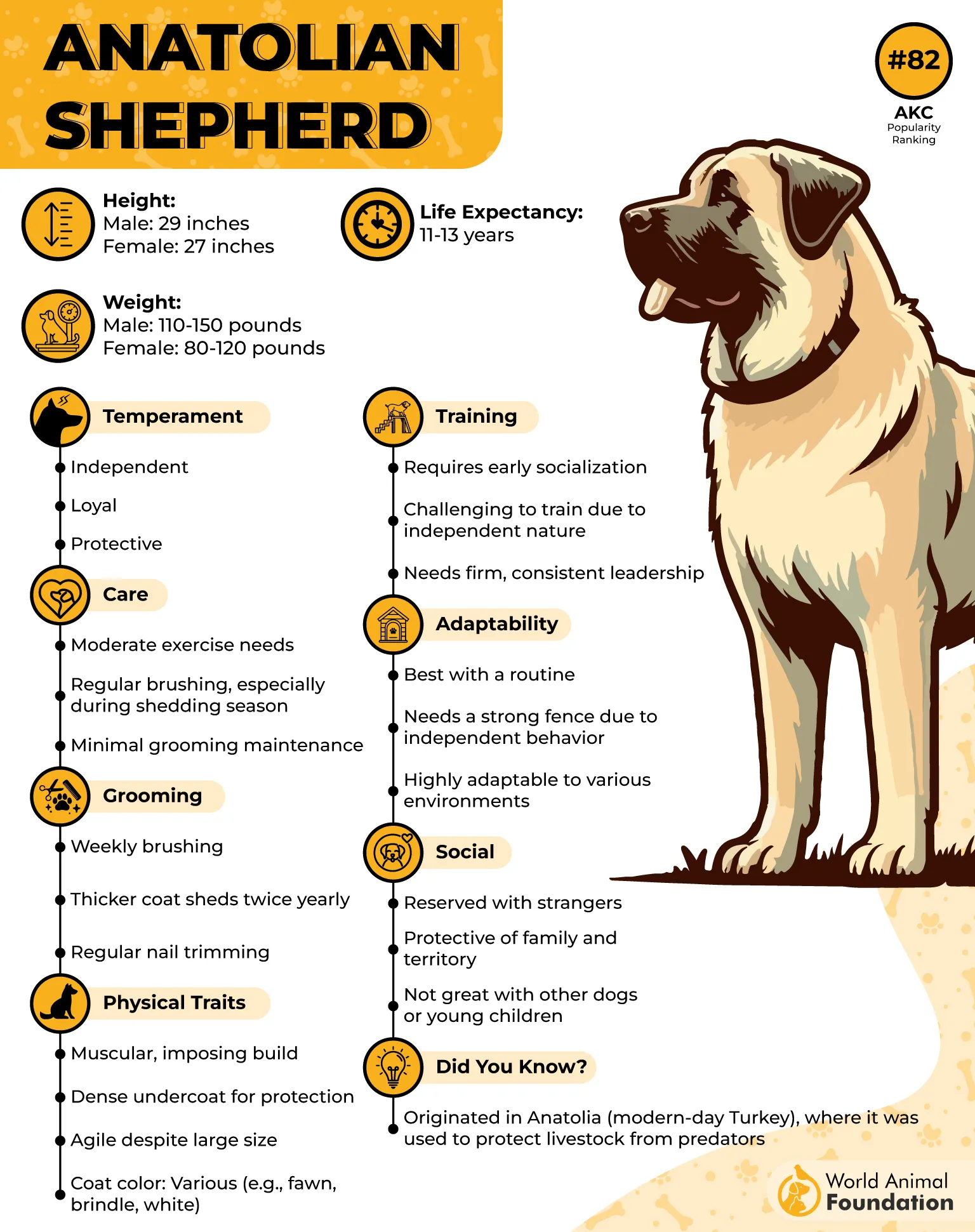
Physical Strength Matches Mental Readiness
These dogs have a solid frame and a stride suited to covering miles with little fatigue. Their athletic build supports quick, purposeful movement, especially when patrolling livestock or property. Their alertness is visible in how they shift weight quietly before responding to sound.
Observant but Calm Under Pressure
The Anatolian’s silence in unfamiliar situations shouldn’t be mistaken for detachment. They process new people or animals with a steady, evaluating stare, not an instant reaction. That tendency to analyze before moving is one reason they’re recognized for high intelligence in livestock protection work.
7. Cane Corso
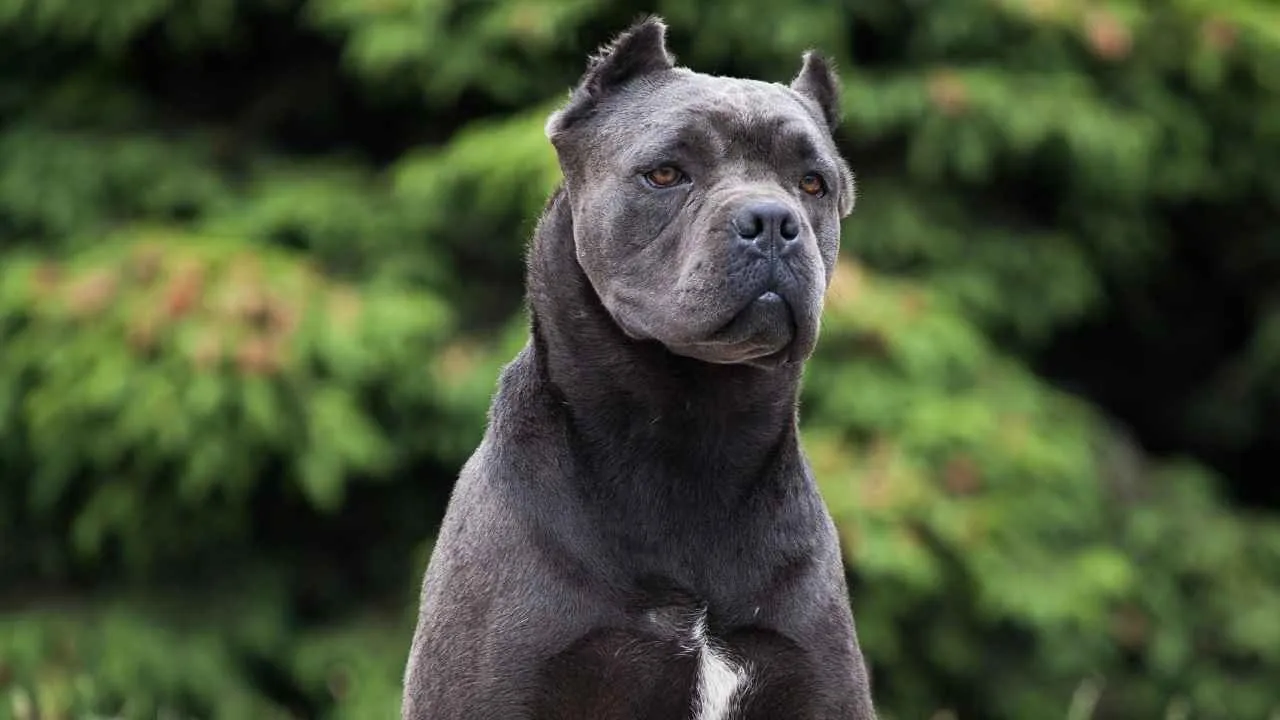
Fun Fact: The Cane Corso’s name is derived from the Latin “cohors”, referencing its role as a guardian — a title it earned while protecting Italian estates for centuries.
Cane Corsos stay aware of their surroundings with quiet focus and consistent pattern recognition. They take note of environmental shifts and become visually locked when something feels out of place. This behavior isn’t loud or showy, but it’s steady and purposeful.
Watchfulness Through Body Control
Their stillness is part of their alertness, with subtle changes in their stance showing a shift in attention. Movement in the distance, a faint sound, or a new scent often causes a slow turn or head raise. The body follows the signal before any sound is made.
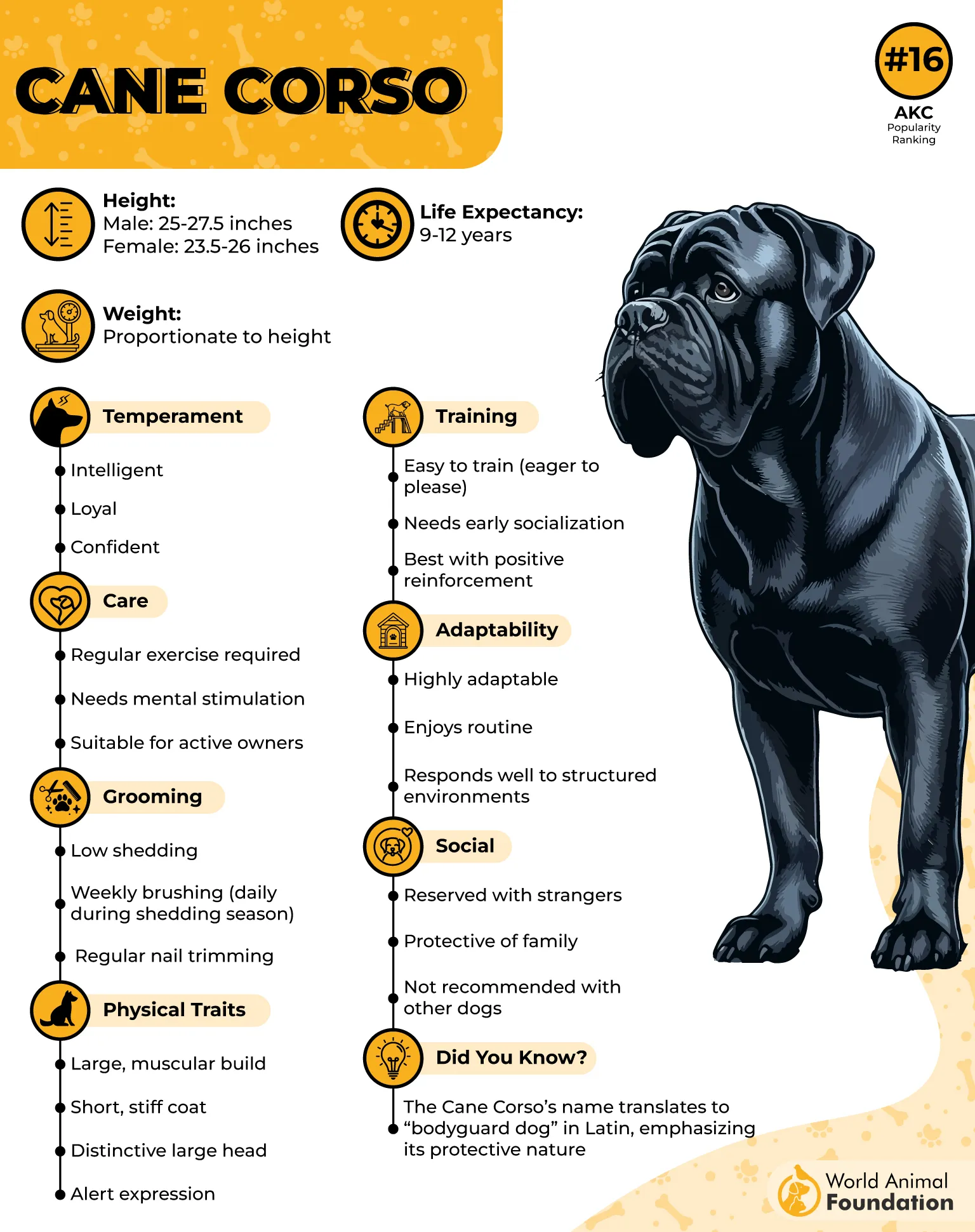
Calm Reactions Backed by Judgment
They tend to process information before acting, which is often mistaken for passiveness. This pause is common among dogs with high situational awareness and strong memory retention. Observers can often sense when they’re watching something closely without needing confirmation.
Breed’s Intelligence in Practical Roles
They’ve long been trusted on farms for their ability to differentiate between harmless and threatening activity. That skill now transfers well to family environments with multiple people or animals. The Cane Corso’s behavior adapts to roles that demand alert presence without unnecessary movement.
8. Boxer
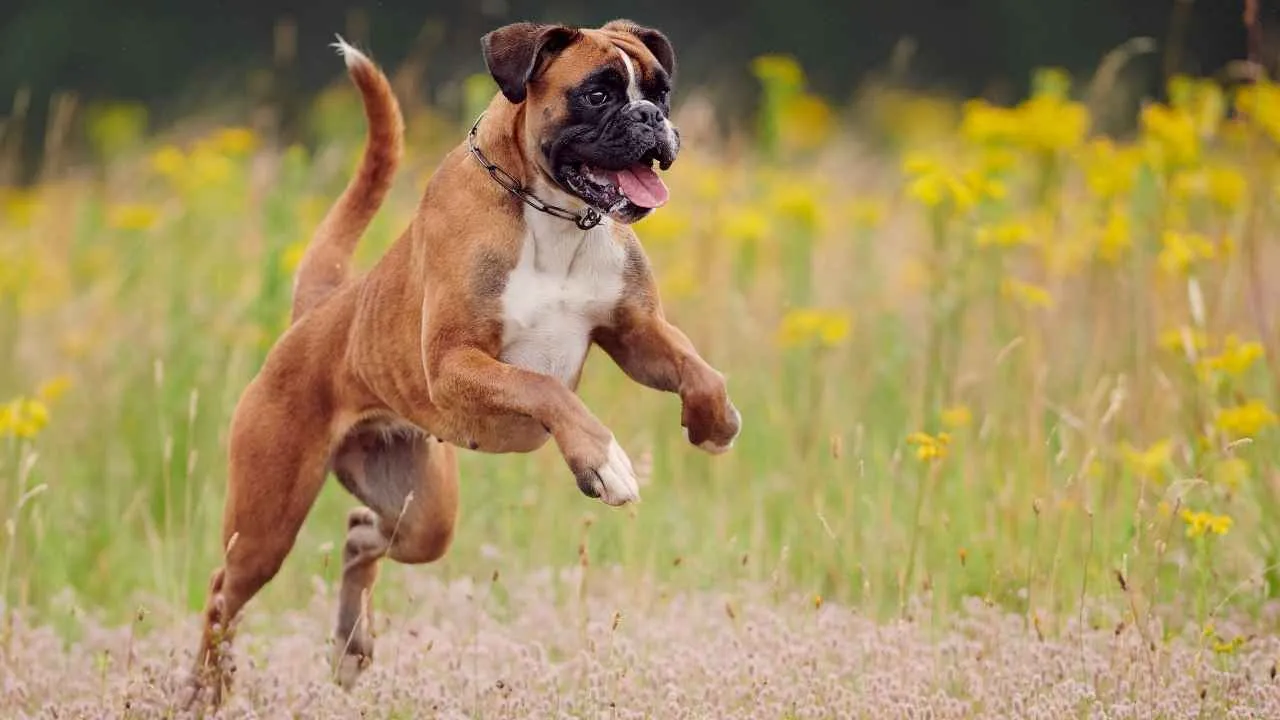
Fun Fact: The Boxer got its name from the way it uses its front legs while playing or defending — often seen “boxing” with its paws.
Boxers stay physically alert even in rest, often waking quickly to investigate unfamiliar sounds. Their ears slightly rotate in response to high-frequency noise, even before their body moves. This immediate shift in attention is part of their natural environmental sensitivity.
Expressive Eyes and Facial Tension
This breed has a surprisingly expressive face, which they use as part of their communication with both humans and their surroundings. They squint, raise their brows, and tense their muzzle when something feels off. Their wide-set eyes give them strong peripheral awareness during active observation.
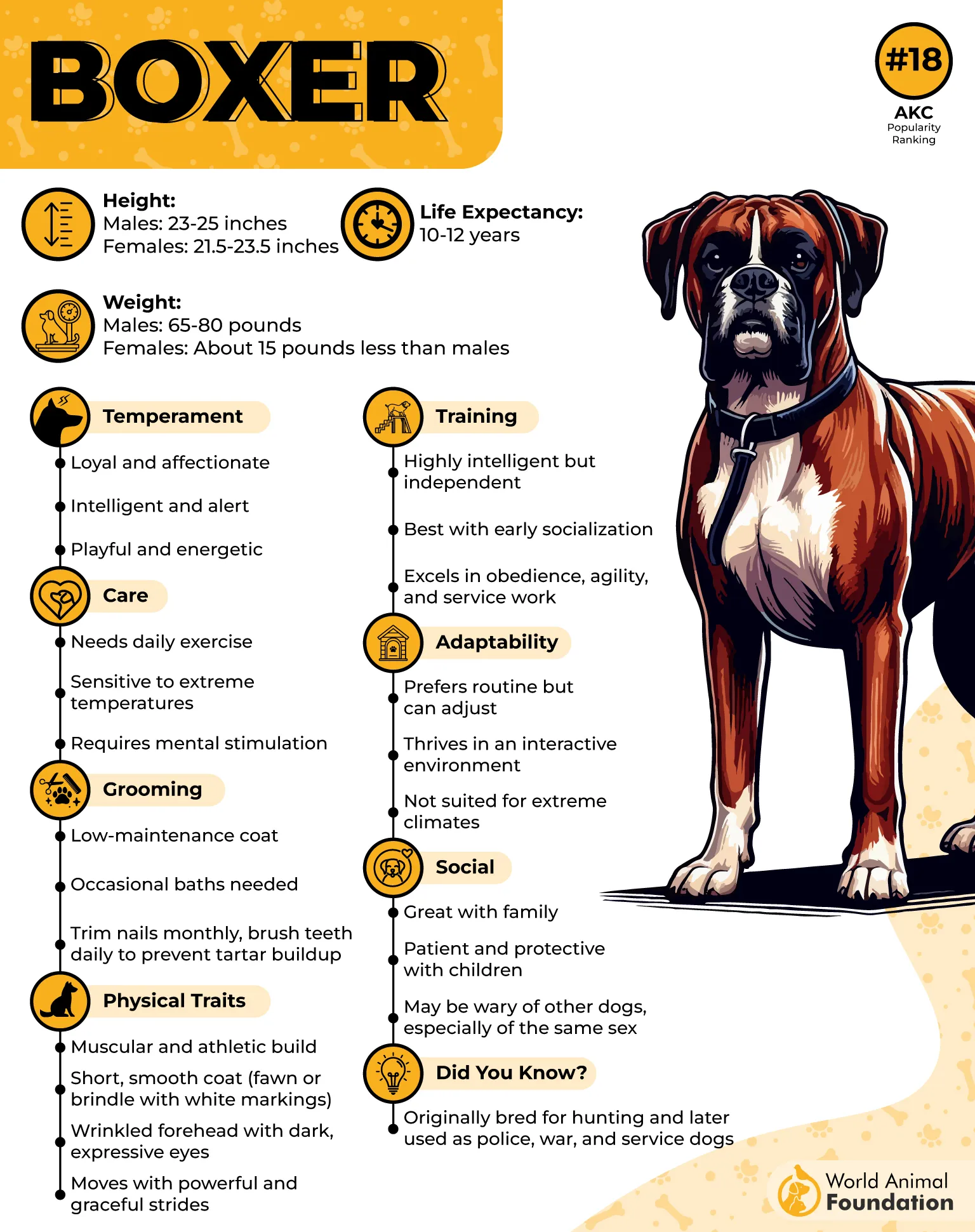
Quick Movement and Active Monitoring
Boxers keep their weight balanced over their feet when standing still, allowing them to pivot or sprint suddenly. Many are seen shifting positions when listening to movement outdoors, even from behind walls or fences. Their alertness also shows in their hesitation-free reactions to change.
Instinct-Led Guarding Behavior
Without formal training, many Boxers naturally position themselves between their family and a perceived threat. Their instincts lean toward physical presence, not just barking when responding to unknown guests. Even without aggression, they maintain a clear boundary when on watch indoors or out.
9. Dogue de Bordeaux
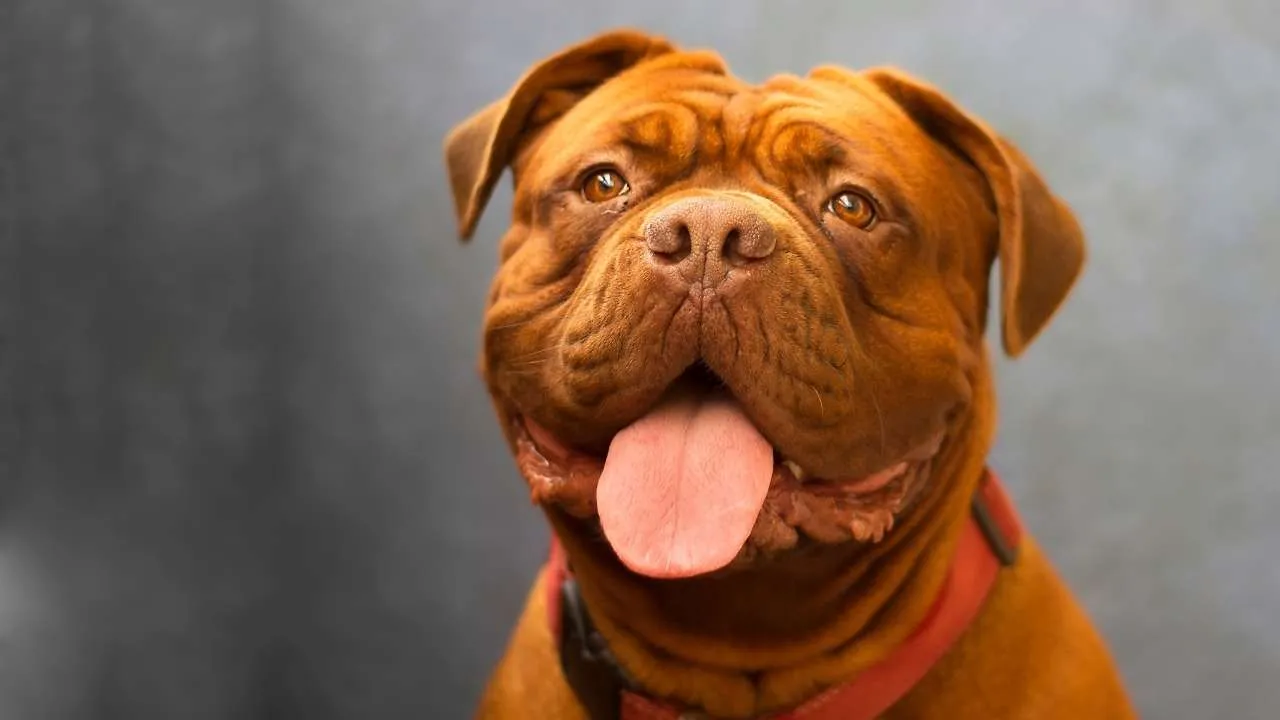
The Dogue de Bordeaux is naturally observant and reacts through subtle shifts in posture and head position. They tend to track motion with their eyes before physically responding. Their focus often sharpens when footsteps or unfamiliar sounds echo through the surroundings.
Large Build with Quiet Presence
They are frequently positioned near doorways or areas with wider visibility, especially during resting hours. With a deep chest and heavy neck, they hold their stance firmly when observing something new, as mentioned in Purina. Their body doesn’t tense quickly, but the weight shift is usually noticeable.
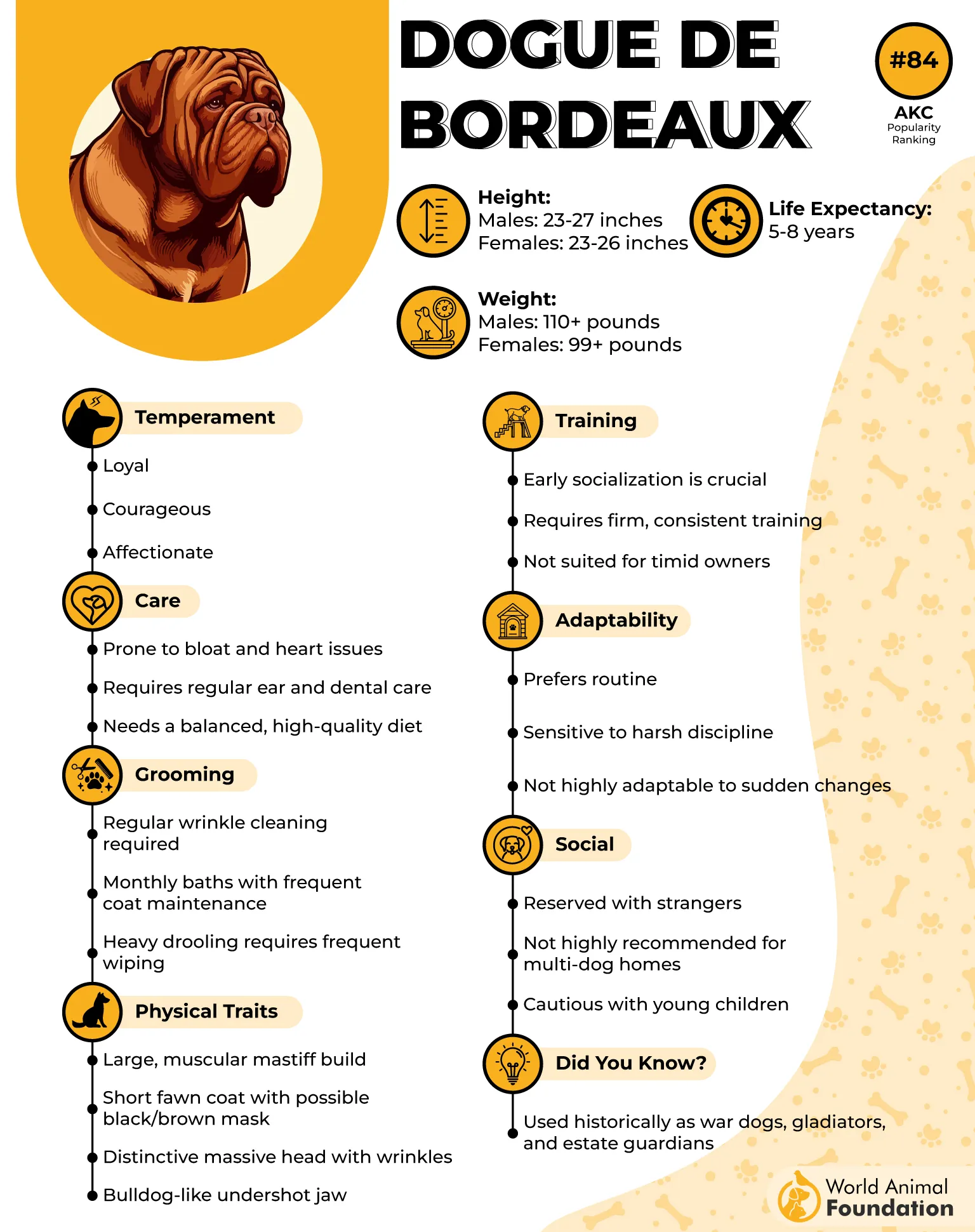
Quick to Respond to Low Sounds
They react more often to deep vocal tones, garage gates, or the rumble of engines than to high-frequency noises. Their head typically lifts slightly as soon as a familiar low sound begins outside. Alertness is shown through slow steps, often toward the origin of the sound.
Grounded Reactions During Unfamiliar Entry
The breed tends to position itself squarely between the entrance and its family members when someone unknown approaches. They don’t vocalize right away, relying instead on stance and presence. The response is steady, with both ears angling forward while their frame remains centered.
10. Leonberger
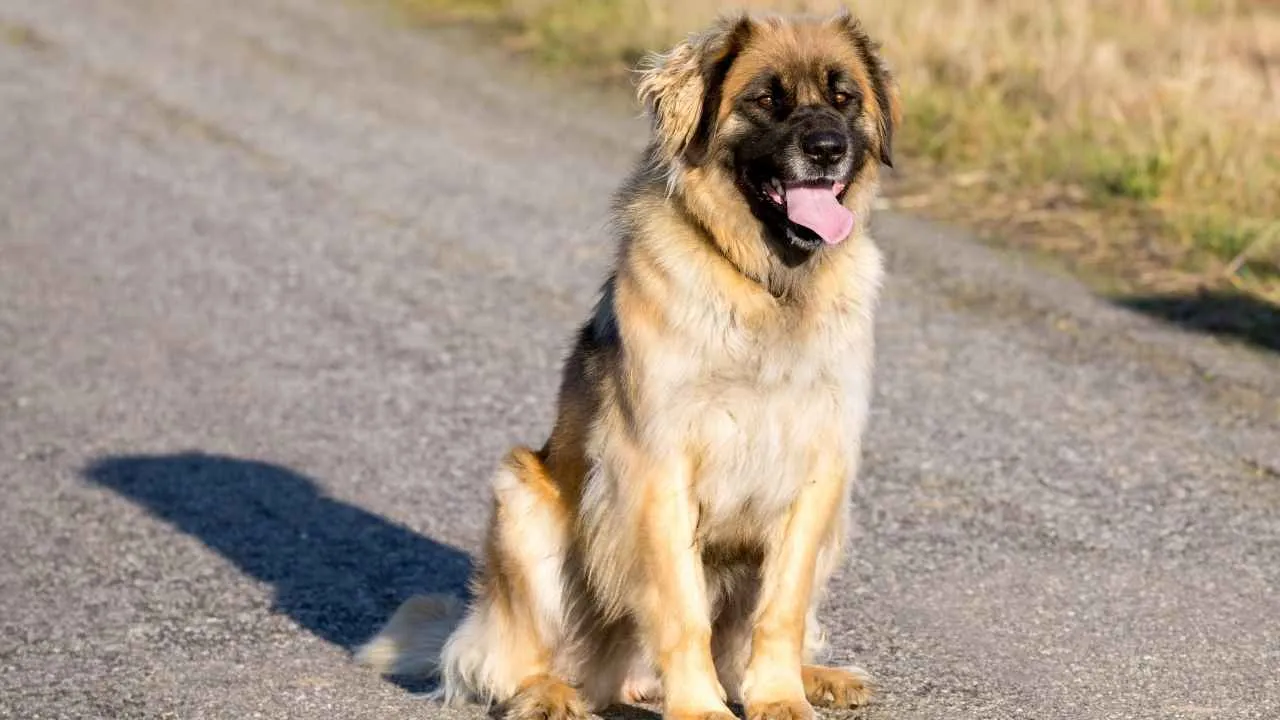
Leonbergers have a steady, unblinking gaze that lingers on whatever catches their attention. This visual fix is often the first sign they’ve noticed a change in the environment. Their still posture allows them to observe without drawing unnecessary attention to themselves.
Responsive Through Body Language
They shift their position to face sources of sound, often without making a noise. The tilt of their ears and a subtle paw movement signal they’re monitoring activity. Their physical cues are easy to miss unless someone knows what to look for.
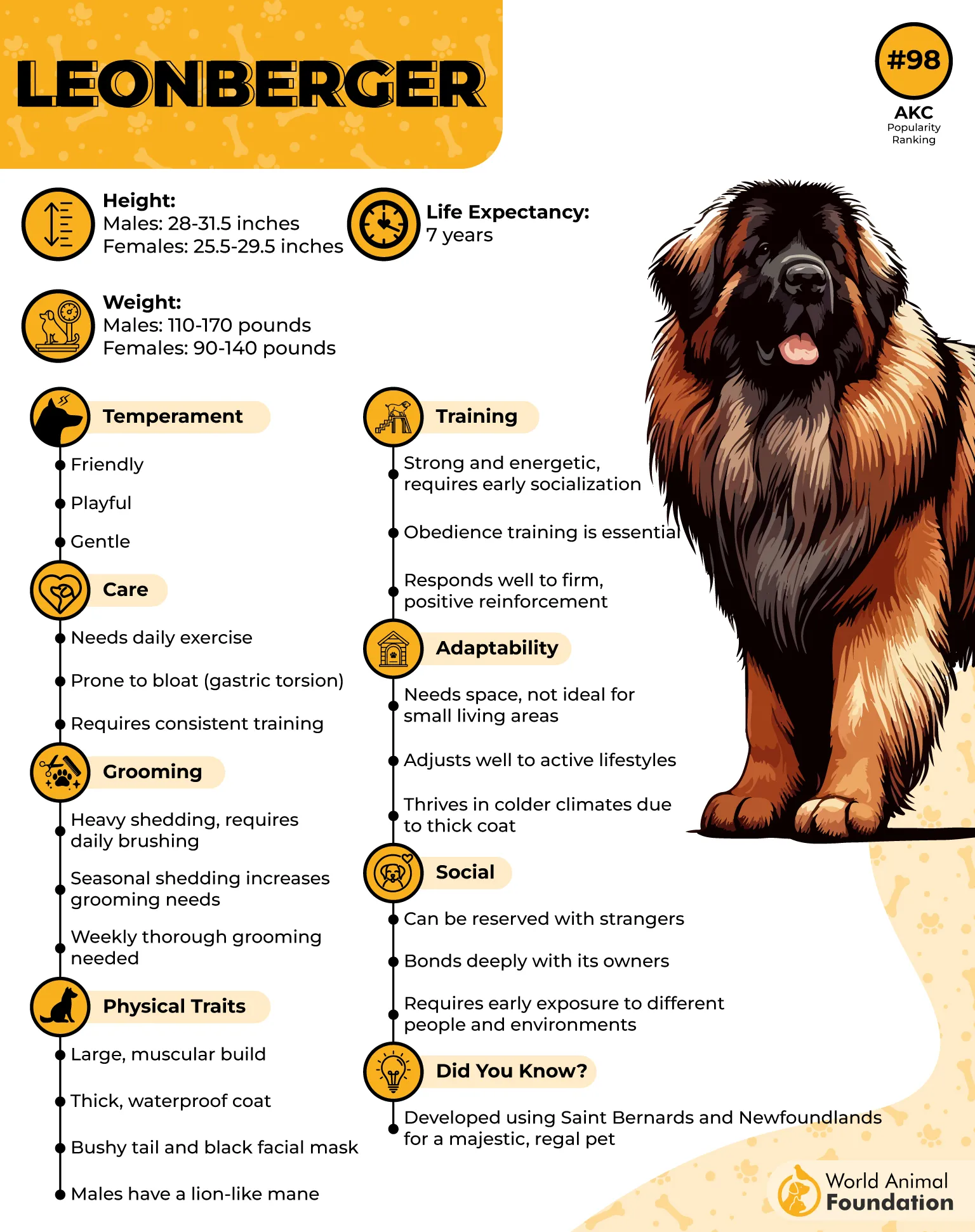
Calm Watchfulness in Daily Life
Their alertness shows even during downtime when they’re resting near family members. Many choose doorways or hallway corners as their preferred spots, giving them a full view of the house. They remain visually engaged even when they appear relaxed.
Strong Presence With Measured Reactions
The size of this breed plays a role in how people respond to them, especially in unfamiliar settings. Rather than using constant barking, they rely on visual deterrence and stillness. Their height, weight, and quiet alertness combine to create a natural sense of boundary.
Conclusion
From watchful stillness to quick reactions, these alert dog breeds offer far more than protection. Their sharp instincts make them strong candidates for service dogs and protection dog work, while others become trusted therapy dogs in homes and hospitals.
They know when to listen, when to move, and when to wait. Though some may surprise you with a loud bark, most show a gentle nature that makes them easy to live with. Many are incredibly sweet, especially those known as gentle giants.
These breeds rely on their keen senses to track everything from sounds to emotions. Whether you need extra security, reliable awareness, or just a calm dog that stays alert without fuss, the breeds listed above are excellent companions built for both attention and affection.


